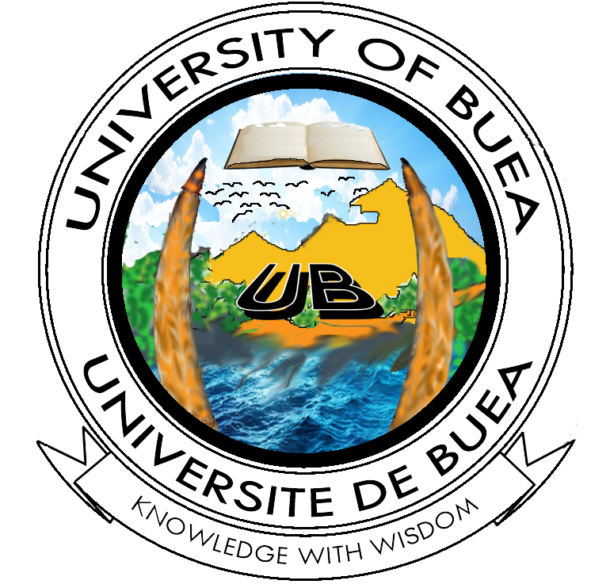| CHM425: Inorganic Synthesis and Solid State Chemistry | 6 credits (40-10-10) |
Objectives
To present the nature of the crystal, its characteristic features including spectroscopic properties, the crystalline state and its imperfections through discussions of such topics as static phenomena, magnetic and electrical properties, conductors and semi-conductors.
Contents
Properties of materials; structure and energy of atoms; atomic bonding and co-ordination; Differences between solids and fluids, and classification of solid particles; X-ray crystallography; theory and application; neutron diffraction; magnetic moment; interaction of ions with neutrons; Packing of uniform spheres; void volume calculation for cubic and hexagonal systems; Non-uniform spheres: NaCl example; bond types in crystals; Tetrahedral and octahedral holes; structure of ionic solids; properties of specific types: FCC,CCP . Lattice energy of solids from Born-Lander and Born-Haber Cycles; Molecular solids; giant molecules (specific example: graphite); Semi conductors; thermal properties of metals; Lorentz–Wiederman ratio; Diodes; transistors; photoexcited conductors; Fermi line and applications (Boltzmann); The crystal lattice; dimensions: a = b = c, a ≠ b ≠ c; volume calculations; Unit cell content; theoretical density; Coordinates of cubic systems: FCC and BCC; separation distances; Theory of the metallic structure and bonding; phase diagrams; Crystal classes; classifications; Non-stoichiometry and defective crystal lattices; Frenkel defects; Interstitial sites; entropy. isomorphous crystals are treated.
Prerequisite:
CHM329

